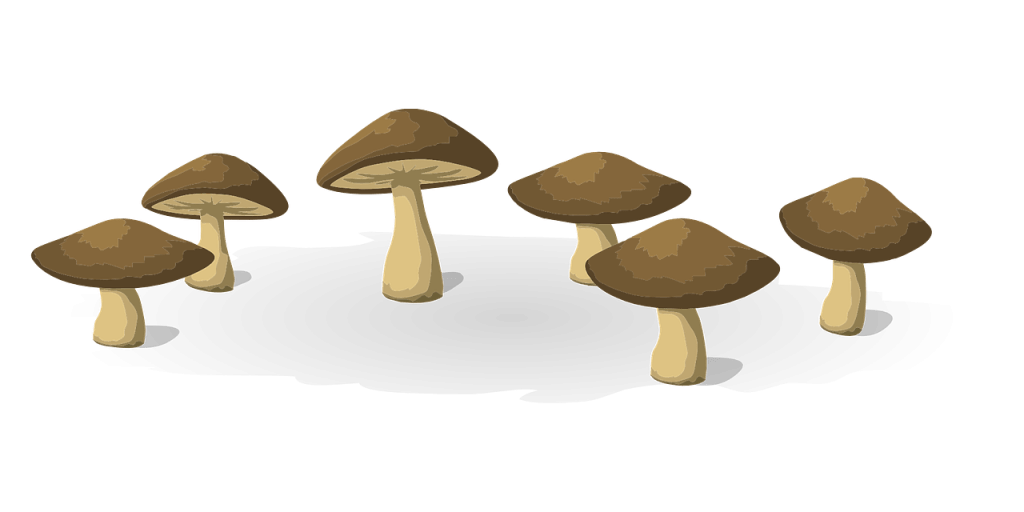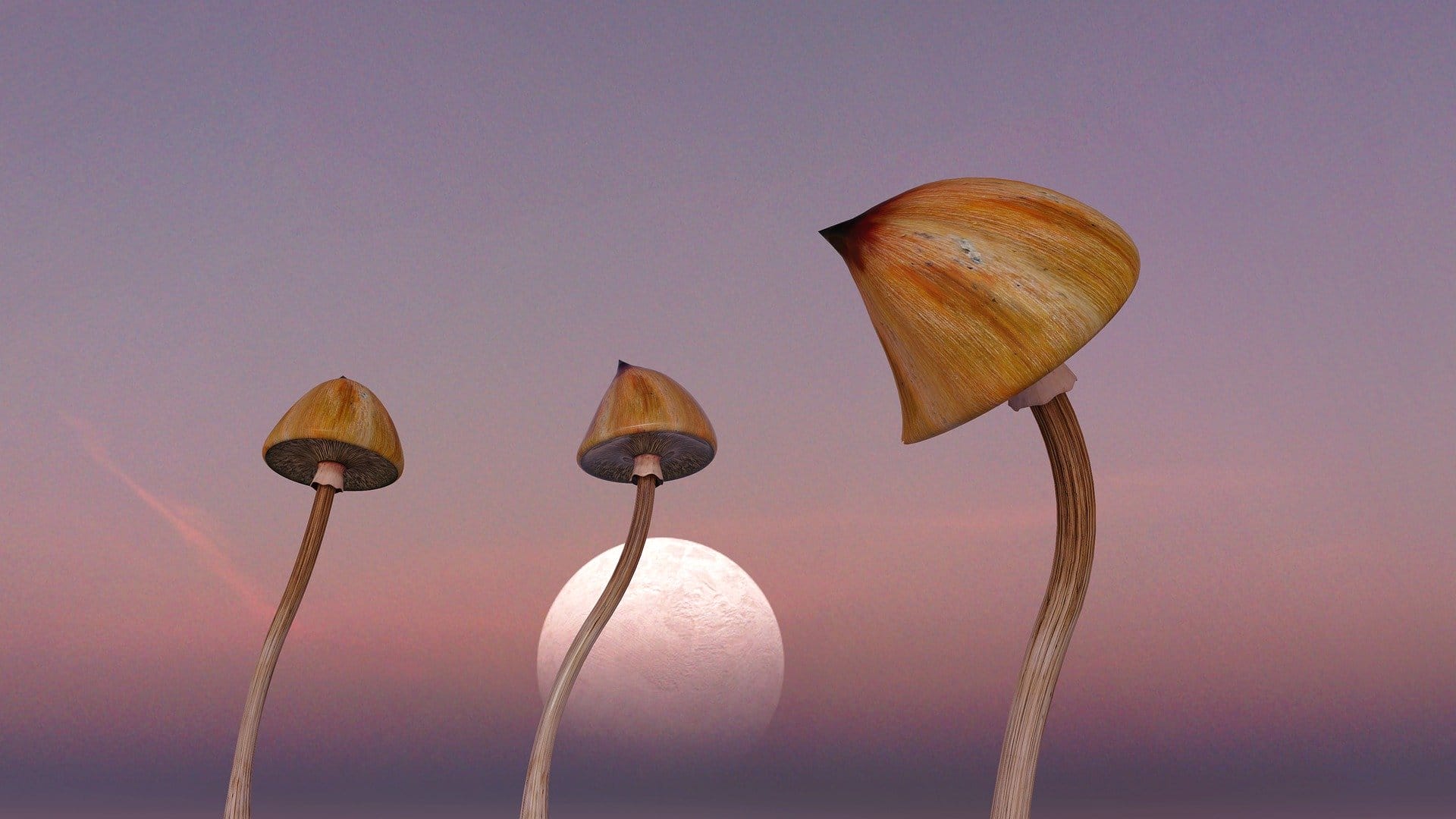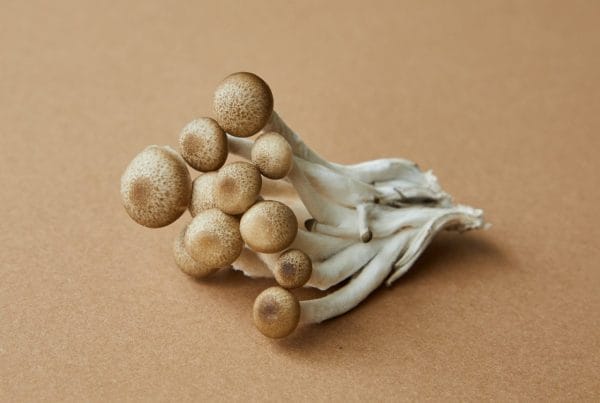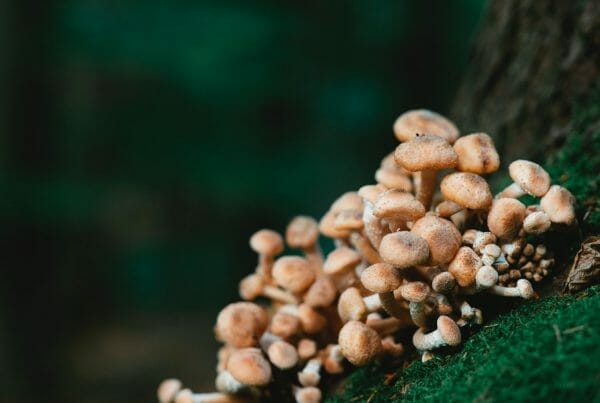Over a hundred species of wild magic mushrooms can be found all over the world. Any moist climate from temperate to tropical is a place that you’ll commonly find magic mushrooms growing if you know where to look. Becoming familiar with the type of habitat they grow in, is important for a successful hunt.
In temperate climates, damp or dewy fields that have piles of cow dung in them are a favourite among many in the psilocybe genus. Rotting logs are also a favourite among others in the same genus. Deciding what shroom you want to look for and learning about it is the first step. The more you know about what a particular fungus likes, the faster and easier it will be to find them.
- In more tropical or subtropical climates of the Americas and Asia, the most common among the magic mushrooms, cubensis, can be found year-round. They grow in cow dung and show up after rain.
- In more temperate climates like that in the Pacific Northwest of the U.S., Cyanescens, Stuntzii, and Liniformans grow naturally in duff-containing wood chips and bark mulch.
Table of Contents
Finding Magic Mushrooms in Your Area
There are seasons to follow and hotspots to know about in your neck of the woods. If you explore grass fields and forest edges during cool and humid autumn days, or cattle pastures, decomposing grass, and rotting wood during humid summer days (like after a thunderstorm), your hunt might just prove productive. If you need a ‘season independent” variety, search the tropical cloud forests. If you stick to these basic conditions, you’ll increase your odds. The only unproductive areas for a hunt might be arid or semi-arid environments.
Optimal Magic Mushroom Conditions
Looking for mushrooms in locations with the right medium, the right light, humidity and temperature, maximize your odds of finding hallucinogenic fungi.
- The Medium: Magic mushrooms thrive in decaying matter like compost, mulch, soil that is heavily mixed with manure, dung, or decomposing bark.
- The Light: Some species that require no light. Species like cubensis, on the other hand, require illumination for healthy growth. Indirect light is always best so that the magic mushroom doesn’t dry out.
- The Moisture: For psilocybin mushrooms to bear fruit, moisture is important. Since there is no protective skin covering the mushroom’s chitin (the fibrous “meat” of the mushroom), it is important that there also be high humidity.
- The Temperature: Cooler environments are better. Wild magic mushrooms require temperatures of 4.4 to 32.2 degrees Celsius for the fruiting bodies to grow.
Don’t look for shrooms in dry weather conditions, they only appear in moist humid conditions. Recent scientific studies indicate that lightning storms cause an increase in mushroom growth. It is therefore safe to conclude that planning a harvesting trip after a thunderstorm may very well yield good results.
The more familiar you become with the preferrable growing conditions of the species in the wild, the better you’ll be able to replicate those conditions for growing them yourself.
There are some basic differences between the preferred growing conditions of the various species. There are magic mushrooms that grow on wood or other plant materials, those that prefer growing on dung, and those that grow in decomposed plant matter that has become almost soil or houmous.

Basic Growing Regions in Canada
- The forests of British Columbia are hands down the most fertile place in Canada to find magic mushrooms. The most common species are Psilocybe baeocystis, Psilocybe cynanescens, and Psilocybe semilanceata.
Basic Growing Regions in the U.S.
- Panaeolus cyanescens and Psilocybe cubensis can easily be found in the tropical forests and cattle pastures of Hawaii.
- Gymnopilus spectabilis, Panaeolus subbalteatus, and Psilocybe semilanceata are found in the Northeastern portion of the U.S. like upstate New York, and New England. They are also found in Michigan.
- Psilocybe cyanescens, Psilocybe semilanceata, Psilocybe azurescens, and Psilocybe baeocystis are common to the Pacific Northwest (Northern California, Oregon and Washington).
- Psilocybe cubensis and Panaeolus cyanscens can be found in subtropical forests along the gulf coast and throughout the Southeast.
Basic Growing Regions Worldwide
- Psilocybe semilanceata can be found in Europe, from Central Europe and all through France.
- Panaeolus cyanescens,Psilocybe caerulescens, Psilocybe cubensis, Psilocybe hoogshagenii, Psilocybe mexicana, Psilocybe zapotecorum, to name only a few, cover Mexico.
- Gymnopilus,Panaeolus, and Psilocybe can be found throughout South America.
- Psilocybe subaeruginosa,Psilocybe cubensis, Panaeolus cyanescens, and Psilocybe semilanceata cover many parts of Australia and New Zealand.
Connect with the Wild Shroom
Foraging for magic mushrooms can be a great excuse to take a trip into nature. While learning about the environment required for the shroom, you can appreciate the environment around it. Just make sure you approach any mushroom with caution. The difference between desirable a variety and a toxic species is often not apparent to the untrained eye. If you are not sure and don’t have access to someone who is experienced and expert at making sure you are picking safe varieties, then best you just order your mushrooms from Zoomies, we are experts and can help you get what you are looking for, be it mushrooms edibles or simply some friendly advice.






